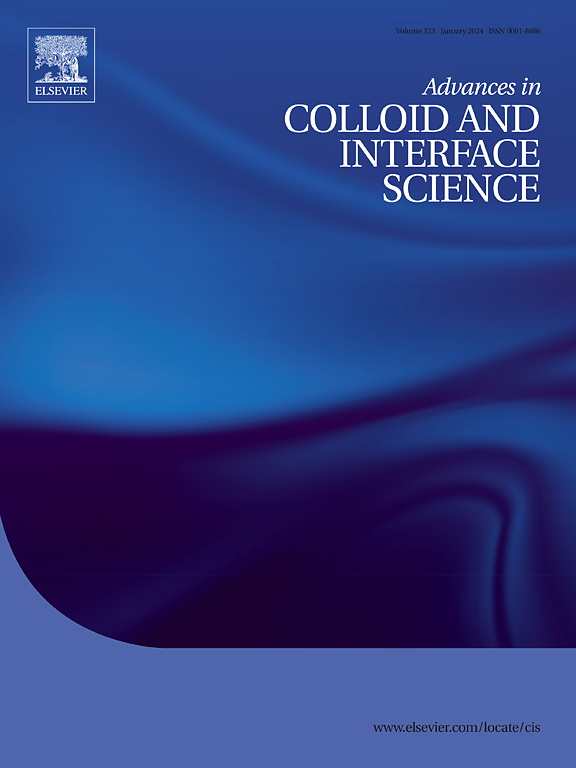用于新兴太阳能绿色氢(H2)生产的硅基材料的进展
IF 19.3
1区 化学
Q1 CHEMISTRY, PHYSICAL
引用次数: 0
摘要
对可持续和可再生能源解决方案的迫切需求促使人们对用于水分解和氢燃料生成过程的光催化剂进行了深入的科学研究。硅基化合物的丰度、低毒性、高导电性和成本效益使其成为制氢的有吸引力的候选者,推动了正在进行的研究和技术进步。开发一种简单、经济可行、环境友好的有效合成方法对于广泛应用硅基异质结实现可持续制氢至关重要。在这些系统的开发过程中,平衡性能效益与经济和环境因素是一个关键挑战。每种催化剂的具体性能取决于合成方法、表面改性、催化剂负载和反应条件。硅纳米颗粒内部的高结晶度、低氧浓度和煅烧温度的共同作用显著地促进了其显著的析氢速率。本文综述了硅基光催化剂的最新进展,总结了近年来的研究进展,指导了未来的研究方向,并指出了需要进一步研究的领域。结合理论见解和实验结果,综述了硅基光催化剂对水裂解的全面认识。通过综合分析,旨在阐明现有的知识空白,启发未来优化光催化性能和可扩展性的研究方向,最终实现可持续制氢。本文章由计算机程序翻译,如有差异,请以英文原文为准。

Progress in silicon-based materials for emerging solar-powered green hydrogen (H2) production
The imperative demand for sustainable and renewable energy solutions has precipitated profound scientific investigations into photocatalysts designed for the processes of water splitting and hydrogen fuel generation. The abundance, low toxicity, high conductivity, and cost-effectiveness of silicon-based compounds make them attractive candidates for hydrogen production, driving ongoing research and technological advancements. Developing an effective synthesis method that is simple, economically feasible, and environmentally friendly is crucial for the widespread implementation of silicon-based heterojunctions for sustainable hydrogen production. Balancing the performance benefits with the economic and environmental considerations is a key challenge in the development of these systems. The specific performance of each catalyst type can vary depending on the synthesis method, surface modifications, catalyst loading, and reaction conditions. The confluence of high crystallinity, reduced oxygen concentration, and calcination temperature within the silicon nanoparticle has significantly contributed to its noteworthy hydrogen evolution rate. This review provides an up-to-date evaluation of Si-based photocatalysts, summarizing recent developments, guiding future research directions, and identifying areas that require further investigation. By combining theoretical insights and experimental findings, this review offers a comprehensive understanding of Si-based photocatalysts for water splitting. Through a comprehensive analysis, it aims to elucidate existing knowledge gaps and inspire future research directions towards optimized photocatalytic performance and scalability, ultimately contributing to the realization of sustainable hydrogen generation.
求助全文
通过发布文献求助,成功后即可免费获取论文全文。
去求助
来源期刊
CiteScore
28.50
自引率
2.60%
发文量
175
审稿时长
31 days
期刊介绍:
"Advances in Colloid and Interface Science" is an international journal that focuses on experimental and theoretical developments in interfacial and colloidal phenomena. The journal covers a wide range of disciplines including biology, chemistry, physics, and technology.
The journal accepts review articles on any topic within the scope of colloid and interface science. These articles should provide an in-depth analysis of the subject matter, offering a critical review of the current state of the field. The author's informed opinion on the topic should also be included. The manuscript should compare and contrast ideas found in the reviewed literature and address the limitations of these ideas.
Typically, the articles published in this journal are written by recognized experts in the field.

 求助内容:
求助内容: 应助结果提醒方式:
应助结果提醒方式:


